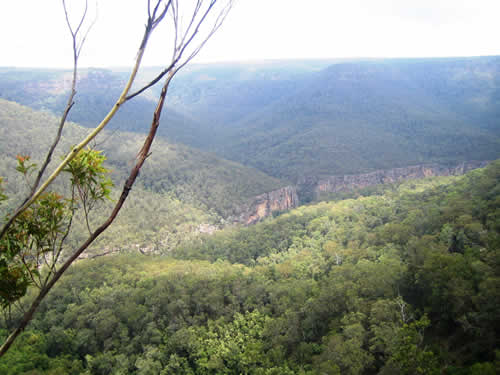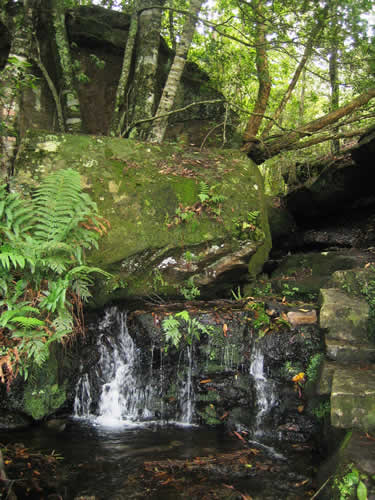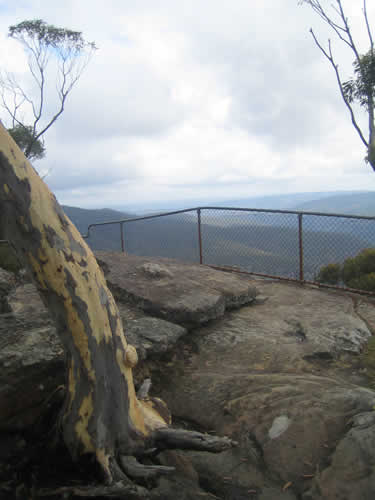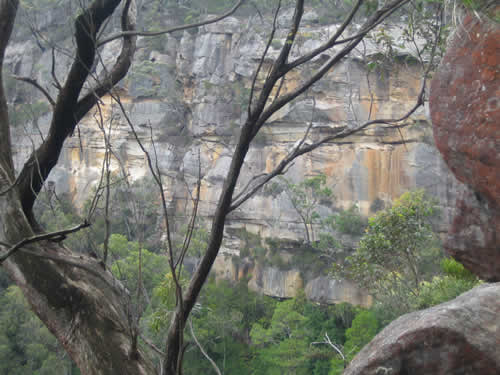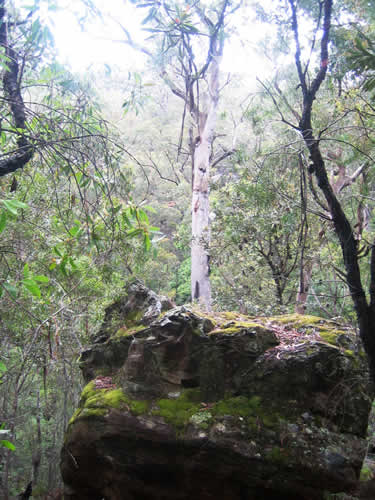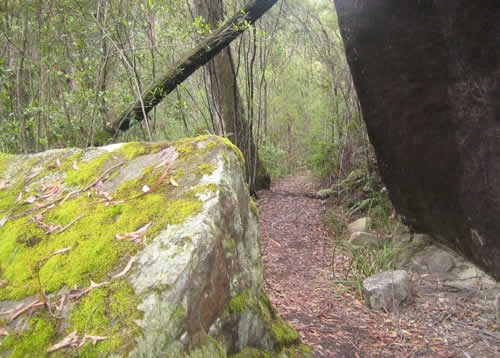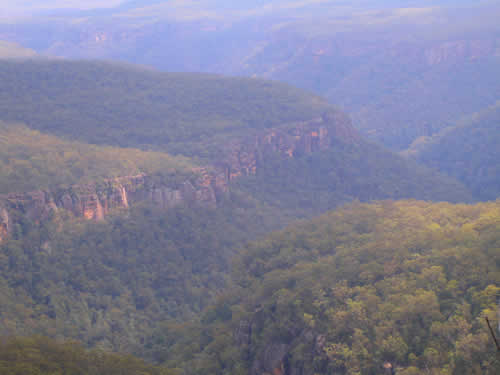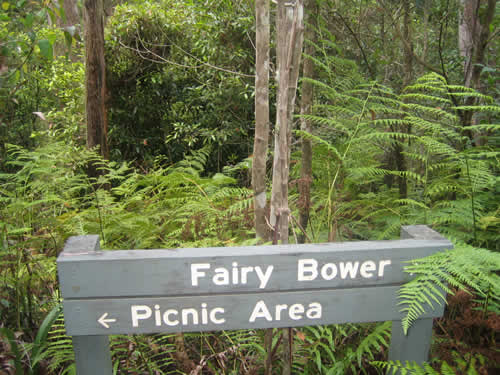Bundanoon is located on the southern boundary of the Southern Highlands where the manicured paddocks, hedges and gardens give way to the rugged beauty of Morton National Park known for its deep gorges, gullies and wide array of flora and fauna.The area was known to the original aboriginal inhabitants as a ‘place of deep gullies’, and the interpretation of this word by the European settlers was Bundanoon. The village is only a few minutes from easily accessible lookouts where one can view the striking views along the spectacular sandstone escarpments.
Geology and landscapeMost of Morton National Park consists of a flat plateau dissected by deep gorges. This landscape is developed on horizontal Permian siltstone, sandstone, shale and conglomerate. When gazing across the valleys and gorges one could almost feel like they are in the Blue Mountains. FloraThere is a wide range of flora including areas of tall Eucalypt forests, open forest, woodlands, rainforest and Heathlands. The area abounds with native flowers throughout the year including wattle, bottlebrush, calistemon, and the once abundant pink boronia. Eucalypt forestsTall Eucalypt forests can be found in abundance on sheltered slopes, siltstone benches, in gullies and gorges throughout most of the park. Dominant species include:
In drier and more exposed locations open forest occurs and is dominated by:
WoodlandsMallee woodlands are widespread on benches in the Ettrema plateau and exposed ridges in the Budawangs. RainforestsRainforest occurs in sheltered locations such as moist south or east facing slopes, the heads of gullies and on fertile soils such as along creeks, on the Illawarra coal measures and the northern end of the park. It’s mainly in small patches, but there are extensive areas along the Kangaroo Valley escarpments. Cool temperate rainforest occurs in very small patches at the highest elevations at the northern end of Morton National Park and extensively in the middle on high slopes in the Budawang Range. HeathlandsExtensive areas of wet heath and sedgeland occur in poorly drained areas. FaunaVisitors to the area will be amazed at the abundant fauna especially bird life including parrots, cockatoos, and kookaburras. Any walk through the National Park will be accompanied by a symphony of bird calls including lyrebirds and bowerbirds. In the afternoons wallabies can easily be spotted around the village. MammalsRainforest and tall moist eucalypt forest support a high diversity of species including:
The most common habitat type in the park is open forest and woodland, mainly with heath understoreys. Animals here include the eastern grey kangaroo, common wombat and several species of possums and gliders. The rivers and to a lesser extent dams provide a habitat for animals such as the water rat and platypus. BirdsThe common birds of the park include:
In the heathland you’ll find the endangered ground parrot and eastern bristlebird, while wedge-tailed eagles and peregrine falcons hover over the escarpment. Reptiles and amphibiansReptiles in the park include:
Long-necked tortoises and eastern water skinks are found in and near the creeks and rivers. Acknowledgements
|
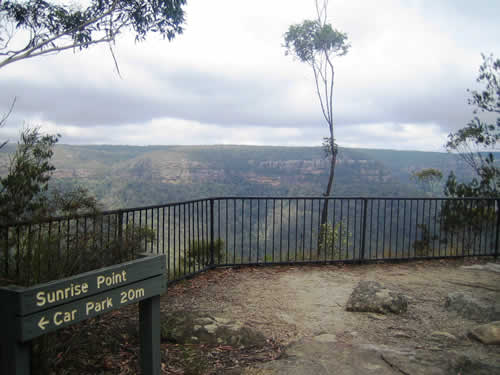 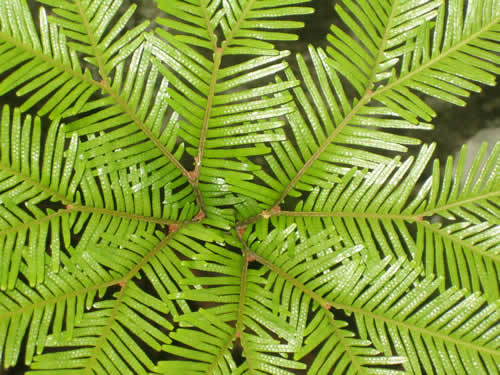
|

